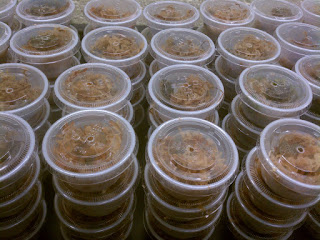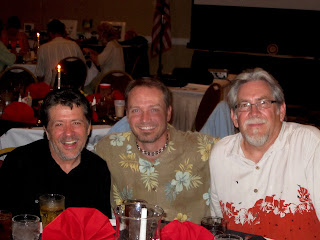Dante and One of our Garden Bullfrogs

The Aquatic Plants pond at The Garden
Dante Fenolio, Amphibian Conservation Scientist here at the Garden, might also be called "The Frog Whisperer' as he dazzled visitors this Sunday with his skill at calling a male Bullfrog | Lithobates catesbeianus over to him from the aquatic plants pond. Seeing is believing! After he came over to Dante, Garden visitors were holding the friendly frog for photo opps.
The Bullfrog climbed right up on Dante's hand!
Here he is approaching us
Dante's daughter, Sierra bravely holding the large frog for pictures
Sierra is very happy holding the large bullfrog
After the photos were taken, one of the visitors released him back into his pond







